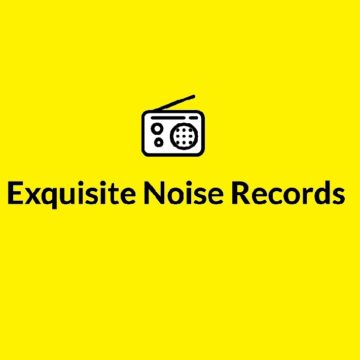I had intended to post everything sequentially, but this latest hot idea I’ve gotten will only take a minute, and is something you can implement at whatever stage of this process your band is currently in. Hopefully by now you’ve heard of this obscure little site called “The Facebook,” yes? Well, like a number of other musicians, back when I first joined Facebook, I also created a separate “page” for my band. A page is pretty much the same as a user profile, except it’s for businesses. You can actually manage your business page just by logging into your normal user account, so this seemed like a fantastic concept.
It turns out this is actually not the greatest idea in the world. If you’re like me, you’re wondering why your band is still sitting on 39 likes even after months and months of sending off “suggestions” to people for them to like it. Even picking random strangers to send requests to accomplished nothing. The problem is that people ignore these, for whatever reason.
A much better solution was pointed out to my by a buddy of mine. You simply set up another user profile as the name of your band – a little juggling might be required, as in my case I was ditching my “XT Force” business page and setting up a new user profile as “Xt Force, i.e. they wouldn’t let me capitalize the T, but who cares – and then you are off to the races. Now instead of sending “page likes” suggestions as yourself, you are “friending” people – and folks are about 20 times as likely to approve a friend request, as it turns out. In a month’s time I soon had about 4 times as many “friends” as I ever had page “likes” under a year and a half of the old method.
It should be noted that Facebook does offer a one time only opportunity to switch your user profile over to a business profile. You should avoid this at all costs, as you will be right back in the same boat. If you made the same initial mistake as me, actually, you already have a user profile and an old business page, so you don’t need to do this. Plus once you make the switch, you can’t switch back, and then you’re back in the nightmare scenario of sending “like” suggestions instead of friend requesting people.
One final note concerns exporting your friends list information out of Facebook and into your email account. One advantage of doing this is that you can send exclusive downloads, deals, a regular newsletter, whatever, to a mailing list. There are a bunch of applications you can use with mixed results, but there’s one extremely simple method that doesn’t even take 10 seconds. Open up a Yahoo Mail account if you don’t already have one, and they will prompt you with a little Facebook icon to import your friend contacts. Bingo. Or, if you already have Yahoo mail, go here: address.yahoo.com
That’s it
